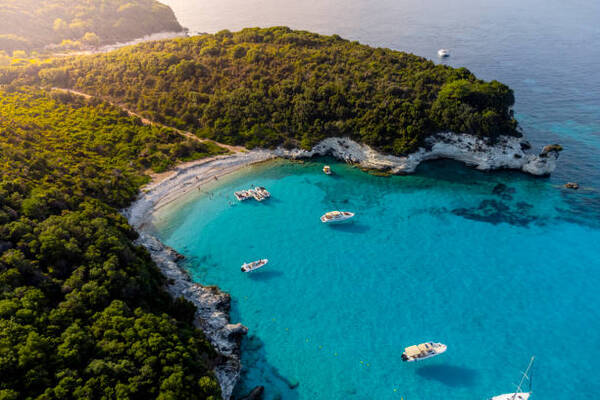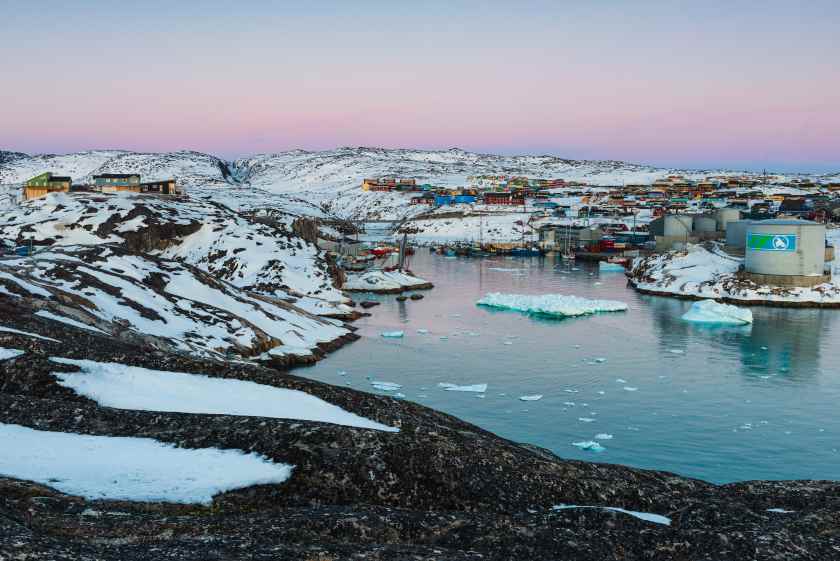≡-Croatia, Spain, And Italy Reach New Heights In Tourism As Greece’s South Aegean Soars To The Top In Europe’s Most Competitive Travel Landscape – Viral of Today
<> Viral of Today <>
Home » CROATIA TRAVEL NEWS » Croatia, Spain, And Italy Reach New Heights In Tourism As Greece’s South Aegean Soars To The Top In Europe’s Most Competitive Travel Landscape Sunday, July 13, 2025In 2023, Europe experienced a major tourism transformation, with Greece’s South Aegean region rising to the top as the most visitor-dense area, logging 117 overnight stays per capita. This surge reflects a powerful combination of post-pandemic travel rebound, renewed interest in iconic island getaways like Santorini and Mykonos, and Greece’s global reputation for hospitality and scenic charm. Meanwhile, Croatia’s Adriatic coast, Spain’s Balearic Islands, and Italy’s South Tyrol also witnessed explosive growth, highlighting a broader Mediterranean tourism boom that continues to reshape regional economies and traveler preferences across the European Union.Europe’s Most Popular Tourist Hotspots Revealed as Greece’s South Aegean Tops the Charts in Tourism IntensityIn a new statistical analysis of tourism patterns across Europe, the South Aegean region has emerged as the continent’s leader in tourism intensity for 2023. Known for its iconic island destinations such as Santorini, Mykonos, and Rhodes, this scenic Greek region recorded an average of 117 overnight stays per inhabitant, the highest among all European administrative areas.This measurement of tourism intensity, which compares overnight tourist stays against local population figures, highlights how deeply embedded tourism is in the economies and daily life of certain regions. The South Aegean’s dominance in this metric underscores the continued global allure of its sun-soaked beaches, ancient history, and vibrant hospitality industry.Following closely in the rankings was the Ionian Islands, another prominent Greek region attracting a high volume of tourist stays. Encompassing beloved locales like Corfu and Zakynthos, this region posted 98 overnight stays per inhabitant. Italy’s South Tyrol followed with 68 overnight stays, maintaining its strong reputation for alpine beauty and year-round appeal.A shared fourth place was observed between two major Mediterranean hotspots: Croatia’s Adriatic coast and Spain’s Balearic Islands. Both regions achieved an average of 67 overnight stays per inhabitant, showcasing their resilience in post-pandemic travel demand and their well-developed tourism infrastructure.Meanwhile, other historically significant tourist areas showed slightly lower intensity levels. Greece’s Crete and Austria’s Tyrol both recorded 55 overnight stays per inhabitant. While still high, these numbers reflect a more balanced distribution between tourism and resident populations.On the opposite end of the spectrum, some Central and Eastern European regions recorded very low tourism activity. Areas in Poland and Romania saw fewer than one overnight stay per inhabitant, suggesting these regions are either emerging tourism markets or maintain economies less reliant on visitor activity.Germany, despite being one of Europe’s largest and most developed tourism markets, exhibited significant regional variation. The northern region of Mecklenburg-Western Pomerania led domestically with 18 overnight stays per inhabitant, placing it 17th overall in the European Union’s list of 237 administrative regions. This shows a stark contrast with Germany’s more urban areas, where tourism is often more business-oriented or spread out.In terms of total overnight stays, a different picture emerges—one driven by sheer visitor volume. Spain’s Canary Islands took the lead across Europe with 95.6 million overnight stays in 2023. Despite this staggering figure, the region ranked only 10th in tourism intensity due to its relatively large population exceeding two million residents. The data suggests that while many visitors arrive, the per-capita concentration of tourism is less intense compared to smaller island regions like the South Aegean.Germany’s Upper Bavaria, home to the city of Munich and a major hub for both international and domestic travelers, logged an impressive 41.6 million overnight stays, making it the most visited region in Germany overall. This reflects the area’s strong positioning as a cultural, business, and leisure destination, with events such as Oktoberfest and the popularity of the Bavarian Alps contributing to its year-round tourism strength.These figures reflect not only where people are traveling but also the broader trends shaping European tourism. Regions that offer a mix of natural beauty, cultural heritage, and easy accessibility tend to attract greater volumes and intensity of tourism. At the same time, demographic differences—such as the size of the resident population—play a critical role in determining the perceived pressure and dependence on tourism.As Europe continues to rebound from global travel disruptions in recent years, these insights provide a valuable snapshot of where travelers are heading, which regions are feeling the heaviest tourist footfall, and where potential lies for growth or better distribution of tourism demand.
This information will surprise you!
See also
- Read until the end to discover everything.
- Important information you need to know.
- Interesting facts and helpful tips.
Conclusion
Did you enjoy the news? Keep following us daily!













